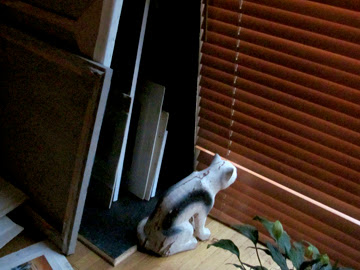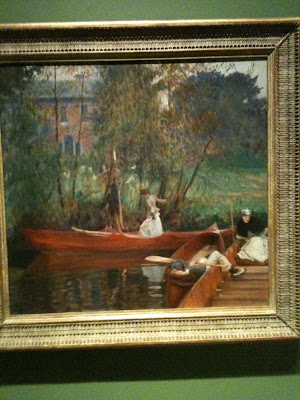Saying Goodbye and Saying Hello

This is my wife Alice yesterday out in Hagerstown, Maryland with my oil painting Beneath the Pine at the Washington County Museum of Fine Arts (WCMFA). We were there to attend a reception and the drawing for their annual Museum Raffle. They were giving away my oil to whomever had purchased the winning ticket. As it turned out it went to a dedicated Museum volunteer who I'm told has an excellent art collection. An artist can't ask for a better home for one of his children. But, we had to say goodbye to the painting. It was an older piece I'd painted just a few hundred yards from my studio back in the 1980's. Then last fall I'd gone back into it to clarify the picture's color and to carve out a deeper space. As I've written about on this blog before, this working method seems to click for me. This time too I was able to boost the painting up to a higher level. So I'm sending it out into the world in the best shape possible. To my new collector, welcome a










